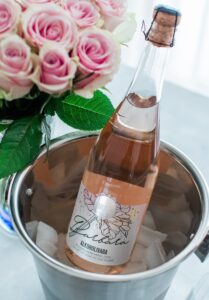Cider Production
To make cider, you need natural apple juice, which makes the very first and most important step the careful selection of apples. The apples used for cider must be fresh, grown as naturally as possible, and properly ripe. These principles are strictly followed in the production of MULL° ciders. Unfortunately, not every apple can make good cider.
It’s crucial that the apple has the right balance of natural acidity, sugars, tannins, and aromatic compounds. Sugar provides the alcohol, acidity gives freshness, tannins contribute the body reminiscent of red wine, and aromatic compounds add unique character. These qualities depend on the apple variety, the growing region, and cultivation methods.
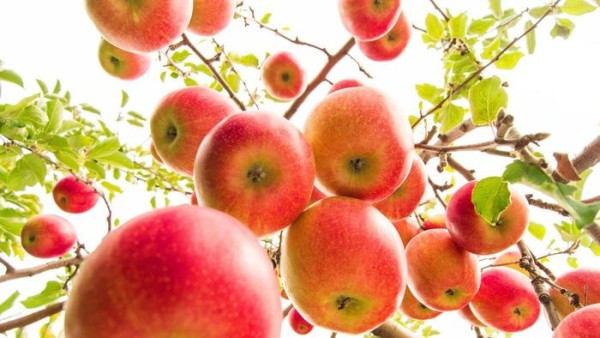
Cider-Making Traditions
In traditional cider-producing regions like England and France, the climate is milder than in Estonia. As a result, the apples there are sweeter, less acidic, and contain more tannins. Over decades and even centuries, specific apple varieties have been cultivated for cider production in these regions. Estonia, however, does not yet have a fully established cider culture, which leaves more room for experimentation. MULL° has made it its mission to help create and popularize Estonia’s cider culture.
There is practically no single apple variety with all the ideal characteristics for cider production. That’s why different apple varieties are blended to achieve a balanced and complex taste. In making our ciders, we use over ten carefully selected apple varieties, so a particular bottle may contain a mix of Antonovka, Auksis, Kuldrenett, Cortland, and more.
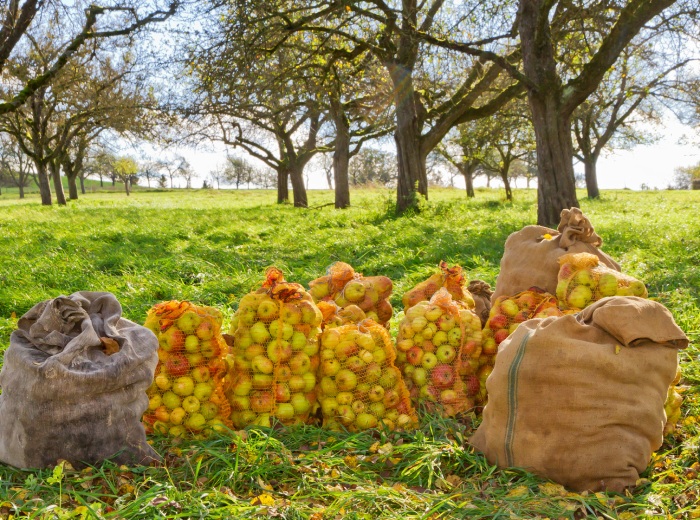
Making MULL° Cider
Of course, to make cider, you first need to extract juice from the apples. Many of us probably spent chilly autumn evenings in the countryside at our grandmother’s, crushing apples and pressing out the juice. Making cider juice isn’t much different from that. Nowadays, there are various machines to make this process easier, but it wasn’t always so simple. The very effort required to get juice from apples is one reason cider doesn’t have as long a history and tradition as grape wine. Depending on the variety, one kilogram of apples yields about 0.5–0.7 liters of juice.
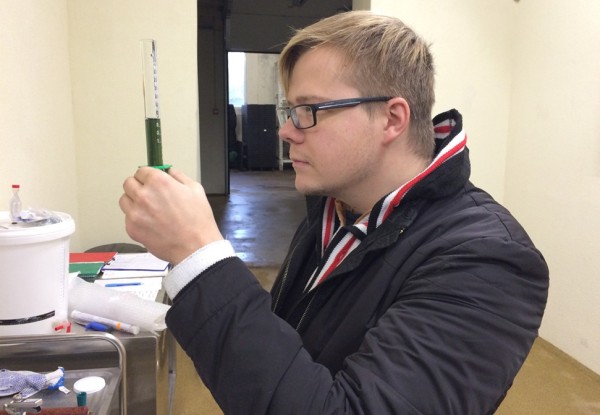
Cider is made from apple juice through fermentation, and the “main culprit” in this process is the yeast living in the juice. If your juice is in a jar at home, you might notice the lid “puffing up” on a three-liter jar—this is a sign that the yeast is active, especially if the juice hasn’t been sufficiently pasteurized. The yeast multiplies and consumes the sugar, producing alcohol, CO₂, and other compounds. Roughly, one gram of sugar creates about half a gram of alcohol and an equal amount of CO₂.
However, fermentation doesn’t always turn juice into a tasty cider on its own. To achieve consistent results, most cider makers use cultured yeast, which eliminates unwanted microorganisms and ensures healthy fermentation.
Cider makers generally follow one of two approaches: some prefer spontaneous fermentation (wild yeast), while others use controlled fermentation with cultured yeast. The fermentation process can take anywhere from a week to several months, depending on temperature and juice characteristics. The highest-quality cider comes from slow, steady fermentation in a cool environment. Fermentation ends when all the sugar in the juice has converted into alcohol.
How do you turn cloudy, fermented apple juice into a high-quality cider that’s lightly sweet, bubbly, and clear?
There are several methods for this. The most traditional is the methode champenoise, where the raw cider is bottled into 0.75 L bottles and allowed to ferment again with a little sugar and yeast. The fermentation produces CO₂ in the bottle, but also leaves behind sediment. To remove this, the bottles are placed upside down on special pupitre racks and gradually rotated and tilted over several weeks so that the sediment collects near the bottle’s neck. Then the necks are frozen, and the frozen sediment is removed along with the leftover fermentation byproducts.
Sugar is added to the cider remaining in the bottle if a sweeter drink is desired, along with any necessary preservatives, and the bottle is sealed with a mushroom-shaped cork. This is the traditional method used for making Champagne and cider, especially in France, for hundreds of years.
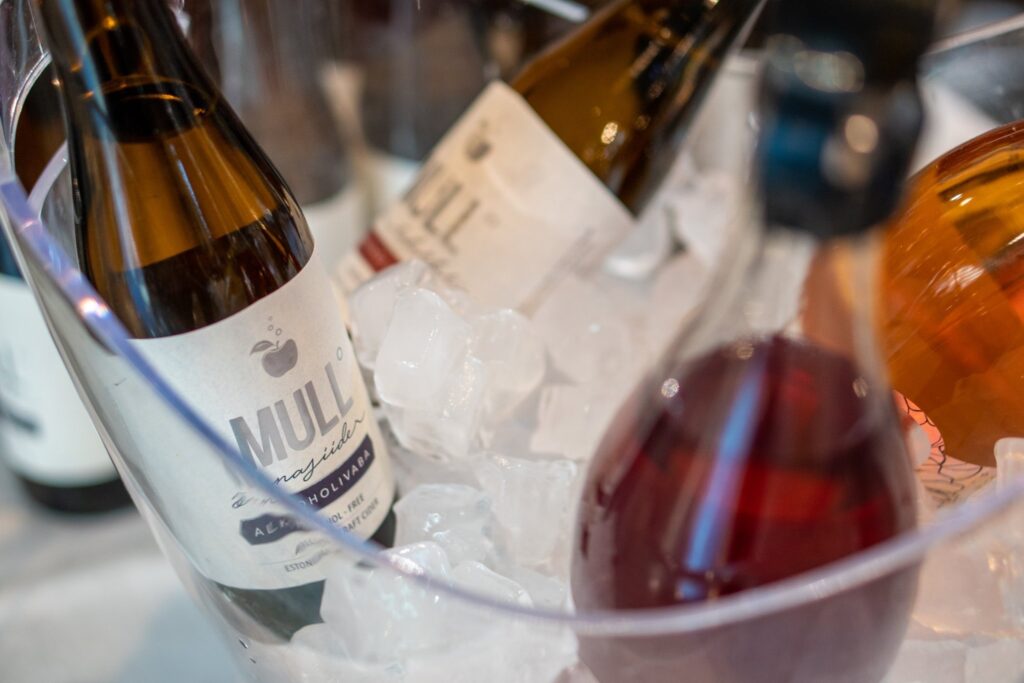
The second, more common method is the charmat method, where raw cider is fermented again with a little sugar and yeast in a large stainless steel tank. After several weeks of natural fermentation, the naturally carbonated cider is filtered under pressure, sweetened to taste, and bottled. This results in a crystal-clear cider with a clean, fresh flavor.
Just like wine, cider develops its best qualities after several months of aging.
And then… all that’s left is to enjoy!


